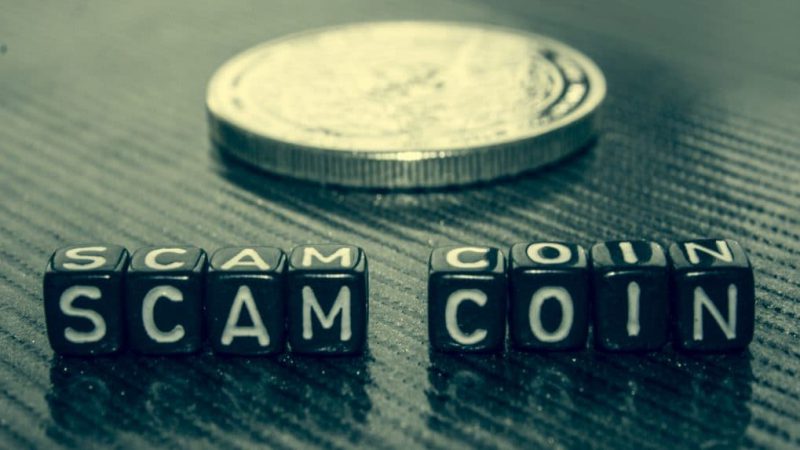Being in the crypto game requires not only a keen eye but also a very focused vigilance. Although scams and hacks are on the decline, they are still prevalent. As reported by CertiK, over $2 billion has been lost to hacks and exploits in the first six months of 2022.
Defi scams are becoming harder to predict. Moreover, hacks are getting more complicated by the day. The Ronin Bridge hack in March 2022 was possibly carried out over a fake job posting on LinkedIn.
With that in mind, let’s take a look at some tools that can assist users in identifying a scam token.
Dextools
Dextools provides real-time analysis for crypto assets. It is available on the Ethereum and Binance chains. On Dextools, users can view all the buys and sells of a token. If a particular token only has buys and no sales, it could be a scam token. There may be a restriction on selling, and the token is a honeypot. A honeypot is a scam token that is coded not to be sold.
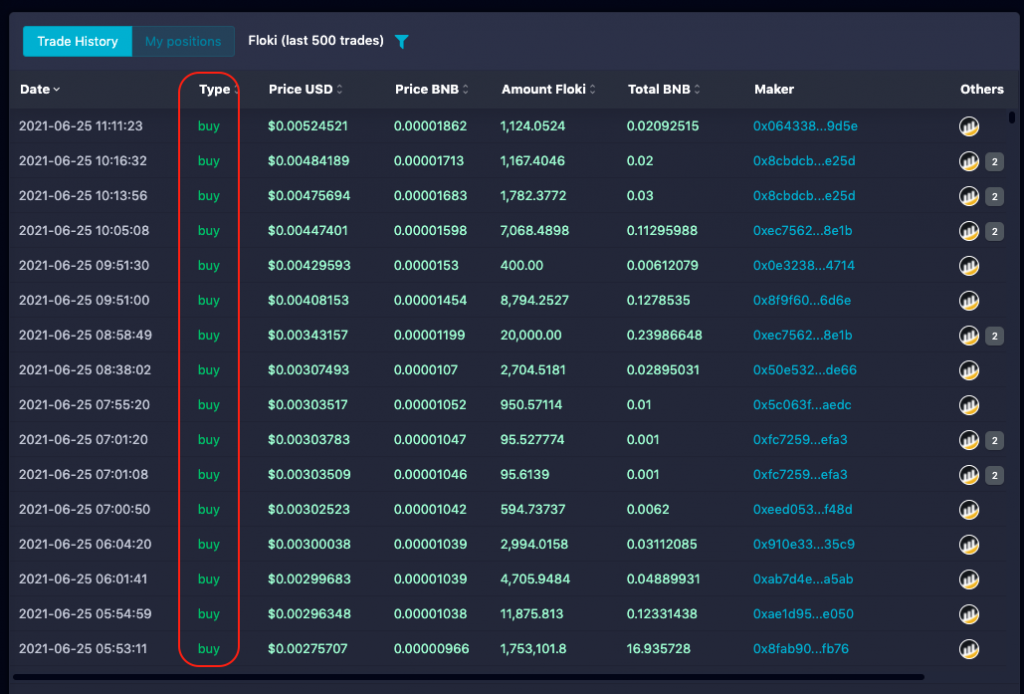

Additionally, if some sale orders are visible, that does not guarantee that the token is not a honeypot. Some con artists may “blacklist” the majority of the addresses while “whitelisting” a select handful. This provides the impression that trade for the pair is ongoing regularly.
Unicrypt
Unicrypt is a tool that can be used to check the liquidity status of a crypto project. If the initial liquidity of the token creator is locked, they cannot withdraw the money. Else they could do a rug pull, where the developers vanish after dumping all the tokens.
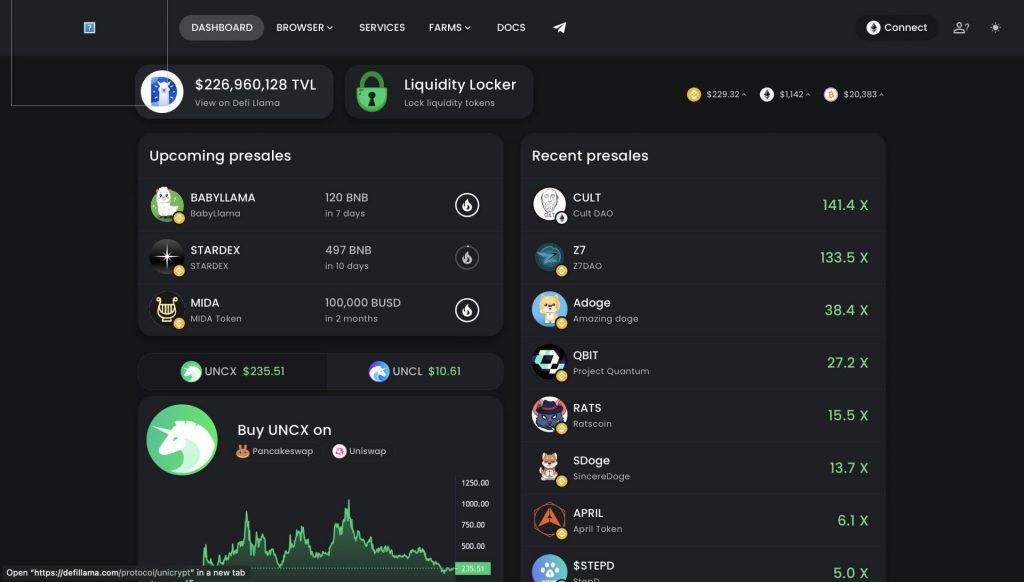

Block Explorers
The best place to learn all there is to know about a crypto token is a block explorer. You may explore the liquidity pool, extensive transaction data, token contract code, token creator’s address, and much more. For checking things on the Ethereum chain, users can use the Etherscan; for Binance, the Bscscan, and for Polygon, the Polygonscan.
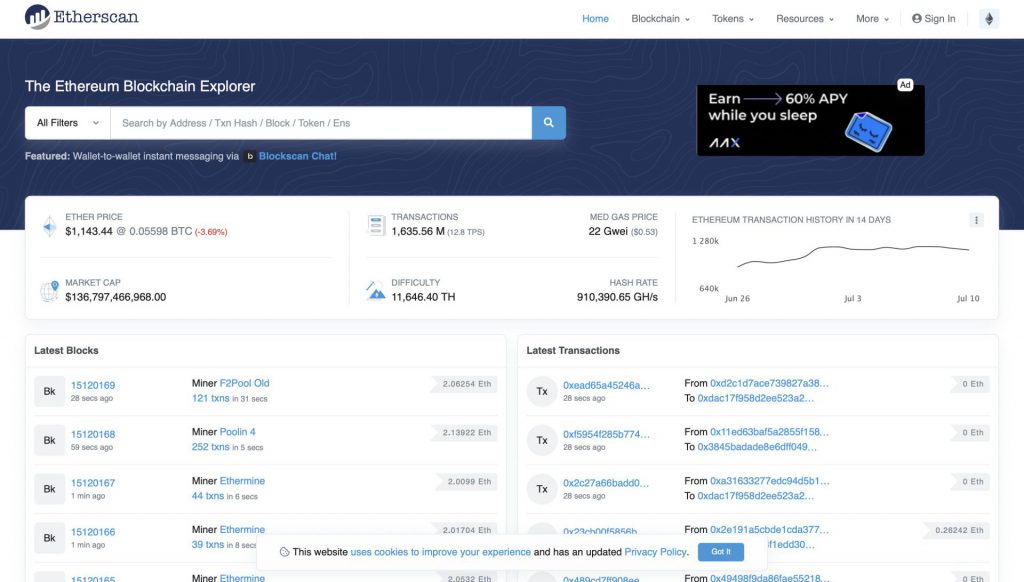

The “comments” area is an excellent place to begin. Enter the token contract address into the search box to get there, then select the “comments” option.
You can also check to see if the creator has removed any liquidity pool tokens.
Token Sniffer
A simple program called Token Sniffer may be used to look for different tokens on both the Ethereum network and the Binance Chain. TokenSniffer will offer information on vulnerabilities, a quick contract audit, and other things users can copy and paste, the token contract address into the search field. The list of well-known frauds and hacks is another helpful tool, and it’s a perfect way to check if a dubious token is included quickly.
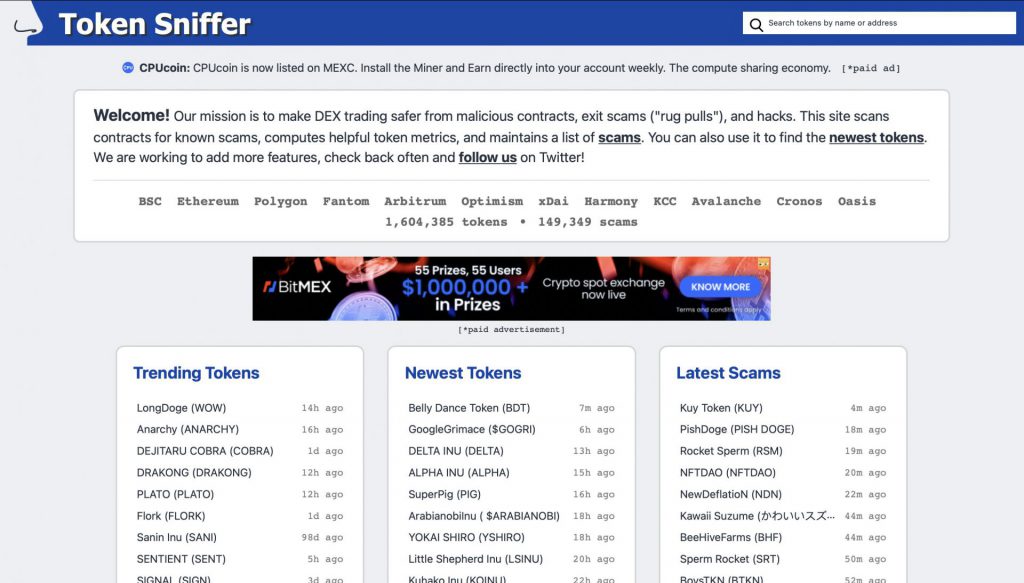

A point to keep in mind is that these tools might not be 100% effective in terms of whether a token is a scam or not, but it sure is a good way of determining a crypto project’s integrity. Also, it provides a step in conducting your research.





